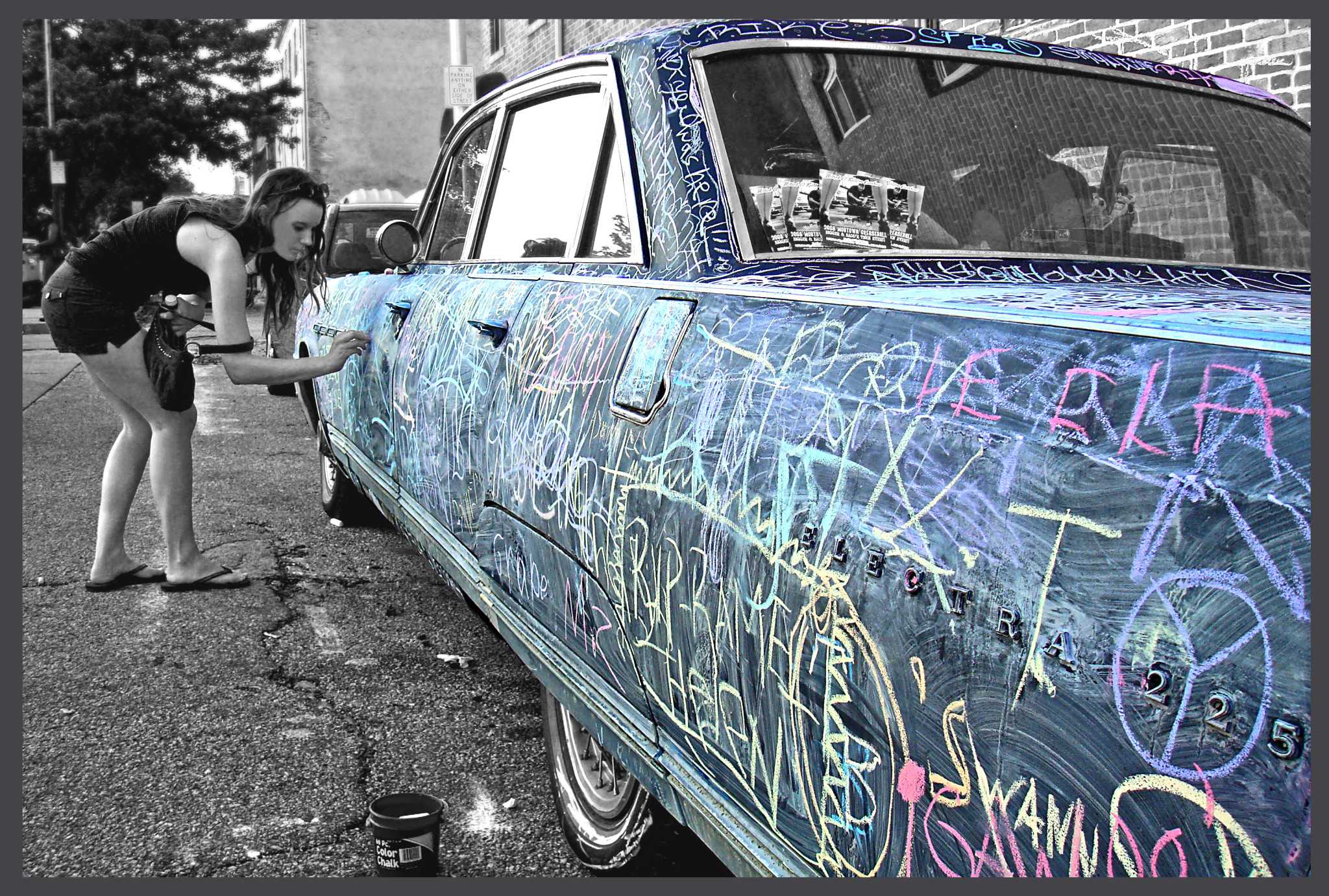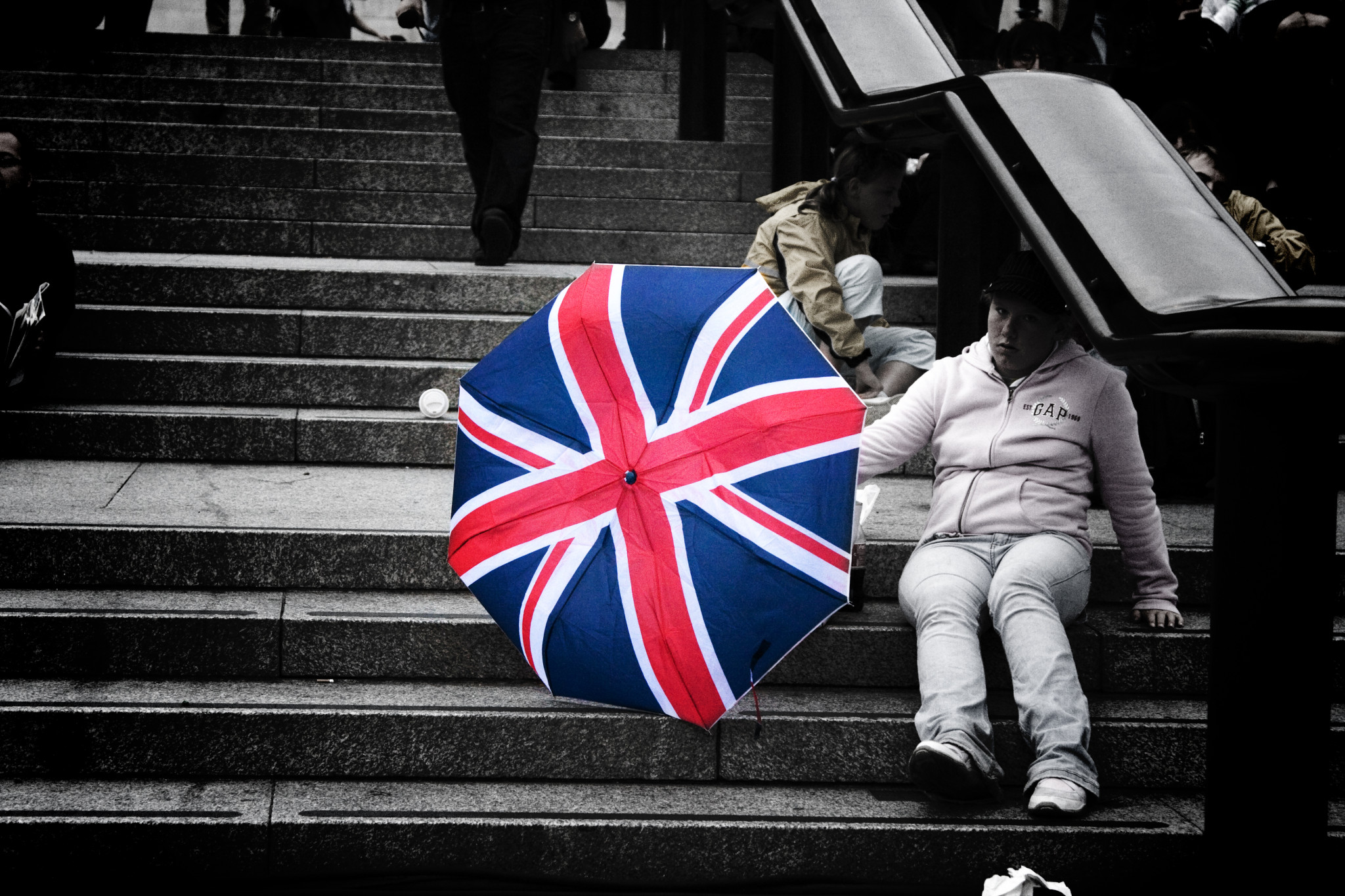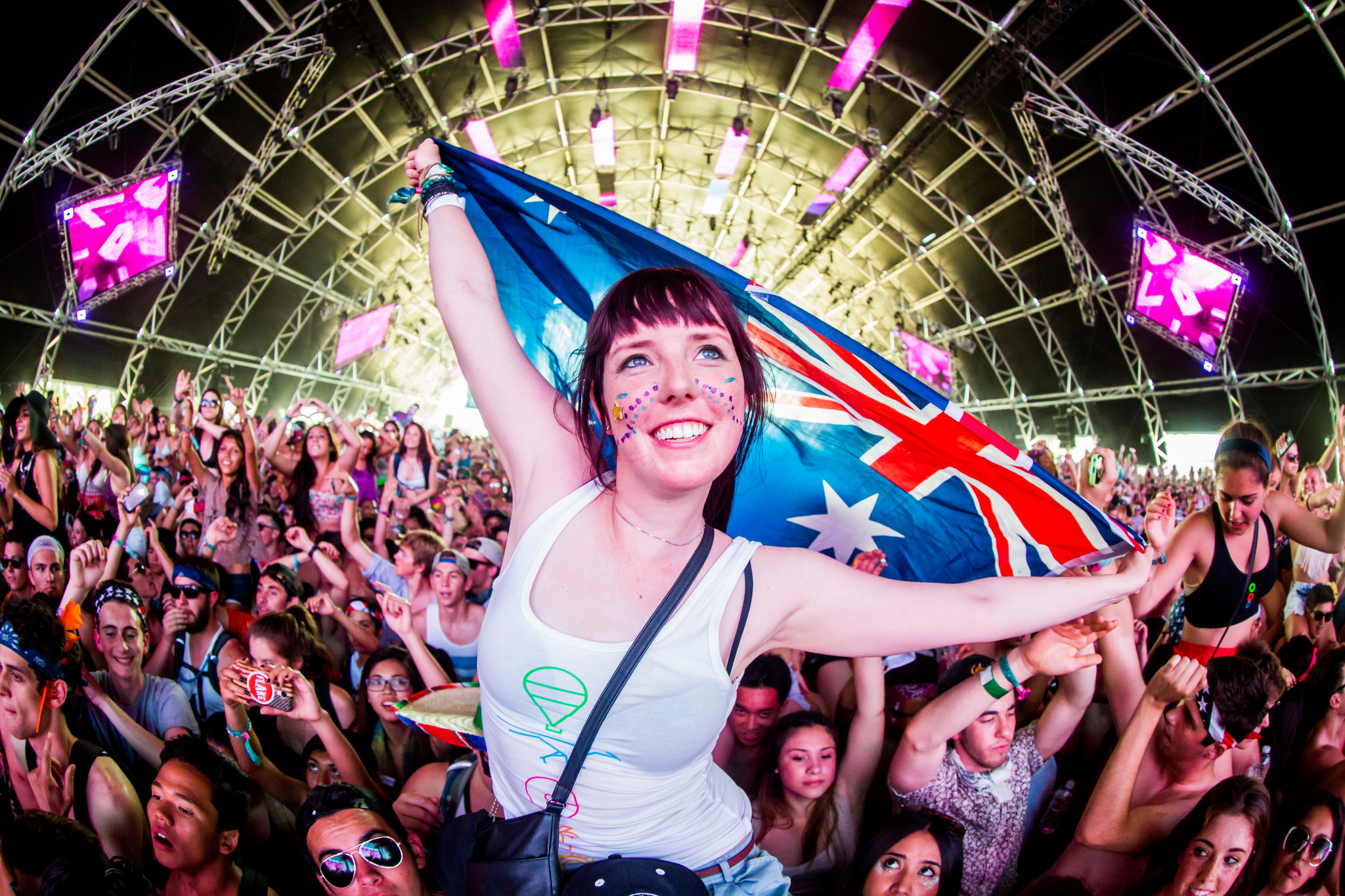In making today’s selection, I set out looking for a dramatic view of our planet—perhaps surging storms below. But self-titled “Sun Over Earth” wins the Day for composition, perspective, and sense of being there. NASA […]


In making today’s selection, I set out looking for a dramatic view of our planet—perhaps surging storms below. But self-titled “Sun Over Earth” wins the Day for composition, perspective, and sense of being there. NASA […]

Today’s selection is good example where black and white makes an image that color could ruin. I generally like the energy and enthusiasm of self-titled “La Course”, which Franck Vervial captured on Aug. 19, 2011, […]

Some days you wake up and wonder. As part of my morning routine, reading email and recent posts to my social networks and from RSS feeds is the first activity after greeting my wife. “The Risk Of Reviewing The Reviewer“, which actually published yesterday, riveted my early-day attention. For TechCrunch, Aimee Millwood writes something everyone, particularly bloggers and journalists, should read. You aren’t her intended audience, but you should be.
The headline to this post is among her key quotables and resonates with a point that I repeatedly make here on this site and emphasize in my ebook Responsible Reporting: Field Guide for Bloggers, Journalists, and Other Online News Gatherers: While inexplicably intertwined, trust trumps truth. The pursuit of truth isn’t your first ethical objective but establishing and maintaining trust with your audience—and, yes, this concept contradicts traditional journalism teaching. But it doesn’t, since truth ties to trust.

Our pick uses similar technique as Day 101: Selective color highlights one subject while subtlety drawing attention to another, in black and white. Both photos were also captured in 2008, this one on May 25 (the […]

Cali almost never goes on our bed, but she greeted me when I awoke two days back and came visiting last afternoon while I worked on Chromebook Pixel LS. She rubbed my hand for pats—and got […]

Decades ago, I spun vinyl records as a radio DJ. Segues between songs meant everything. For this series, so far, differences are—or have been—the priority moving from one selection to the next so as not […]

I typically don’t pull together review roundups, but bloggers and journalists with early access to Apple Watch and 12-inch MacBook beat the products senseless. Not even Wall Street Journal gives glowing look at the laptop; the pummeling is among the most brutal. Meanwhile, The Verge repeatedly gut-punches the smartwatch. Two themes rise from the many reviews, even those trying to cover up pooh with perfume: The devices are beautiful, but performance is a lumbering beast.
Welcome to the Tim Cook and Jony Ive era of putting form before function, and to a fault. Apple’s CEO and design chief may not be the dynamic duo shareholders hoped for. The first truly new products to emerge under Cook’s stewardship receive a collective meh, which should scare any intelligent buyer witless. Because if the past means anything, the carefully chosen coven of early reviewers embrace newfangled Apple things like the Devil clings to sinners. But not this week.

No single image can convey the spirit, creativity, and vitality of Thomas Hawk photography. He is the master street photographer and storyteller, who keeps his camera as nearly constant companion. Is the thing surgically attached? No effort to chose the one is worthy, so I don’t try.
Instead, for our one-hundredth selection, timeliness helps sort more than 100,000 Flickr pics to a choice of one among 880. Because, coincidentally, on Day 100, one of North America’s most popular music festivals, Coachella, kicks off the first of two weekends. I was lucky enough to buy my daughter tickets for the second year in a row. She is there now.

Sports photography should be more than the shooter with the longest lens capturing one good photo from many taken with continuous shutter. Today’s selection, captured by Terence Kearns on May 9, 2008, is atypical of surfing […]

I am impressed with The Verge’s magazine-like presentation for the web, and the Apple Watch review is exceptional example. Presentation in PC browser or either of my Androids, Nexus 6 or 9, freshly flows from graphics to text overlay to paragraphs of experiential writing. Format, using the device during one day and fine touch of battery icon and time per major graphic, beautifully fits content and context.
Last month’s NeimanLab post “This is my next step: How The Verge wants to grow beyond tech blogging” spotlights changes ahead. “What The Verge has been doing the past six months, and will be doing for the next six, is turning itself into a site that covers pop culture, science, and even cars with the same voice they’ve trained on the world of technology”, NeimanLab assistant editor Justin Ellis explains. The Apple Watch review, posted today with a scad of others, illuminates transition underway. What impresses is writer Nilay Patel’s apparent honesty about the device’s benefits and shortcomings.

Dramatic is my reaction to this protest shot from Freedom II Andres, in Makati City, Philippines, on Oct. 4, 2013. The second “Million People March” rallied against the country’s so-called pork-barrel scam that a Philippine Daily Inquirer investigative series exposed about two months earlier.
The photographer’s name is appropriate for a protest shot like this one, and spotlights his family heritage. The second of four sons, “we are all named Freedom“, he explains, “simply because our father was one of the student-activists of his time in the 1970s, when Filipinos fought against the dictatorship of then president Ferdinand Marcos”.

I post today’s selection with sense of angst, and not for the first time in this series—whenever the photographer is absent online for sometime, which appears to be the situation with Chris Zerbes. His website generates a DNS error, the most recent status on his Facebook photography page is June 2013, and the last dated Flickr pic is October of that year.
I came to Chris’ photostream by way of this image discovered when searching Flickr for “Berlin”. The graffiti and model shot was my first choice until finding self-titled “Stranger Portrait No. 44” being used or referenced by several sites and subsequently my taking a closer look at the album/set from which it comes. The 68-pic collection is most interesting from No. 37, when he begins giving some backstory about the subject and/or his shooting technique.